L'Inferno
7.6 /10 1 Votes
84% Rotten Tomatoes Genre Adventure, Drama, Fantasy Language Silent film | 6.9/10 IMDb Music director Raffaele Caravaglios Duration | |||||||||||||||||||||||||||||||||
 | ||||||||||||||||||||||||||||||||||
Director Francesco Bertolini, Adolfo Padovan, and Giuseppe De Liguoro Release date 10 March 1911 (1911-03-10) Cast Salvatore Papa (Dante Alighieri), Arturo Pirovano (Virgilio), (Farinata degli Uberti)Similar movies Dante Alighieri wrote the story for LInferno and Dantes Inferno | ||||||||||||||||||||||||||||||||||
L inferno 1911 full movie
L'Inferno is a 1911 Italian silent film, loosely adapted from Dante Alighieri's The Divine Comedy. L'Inferno took over three years to make, and was the first full-length Italian feature film ever made. (The Story of the Kelly Gang, released in Australia in 1906, is the first full-length film).
Contents
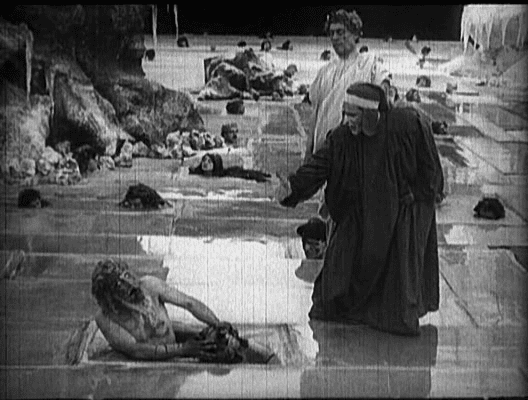
L'Inferno was first screened in Naples in the Teatro Mercadante on March 10, 1911. An international success, it took in more than $2 million in the United States alone, where its length gave theater owners an excuse for raising ticket prices. For this reason, L'Inferno was arguably the first true blockbuster in all of cinema. Today it is regarded by many scholars and fans as the finest film adaptation of any of Dante's works to date.
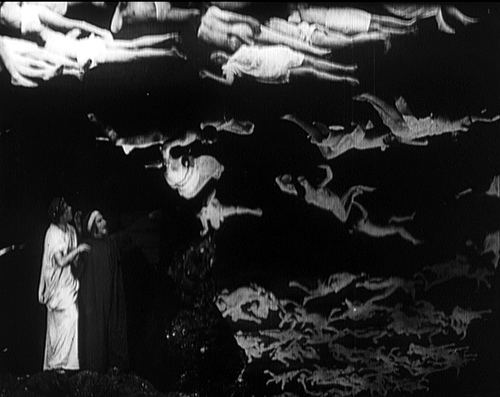
Description
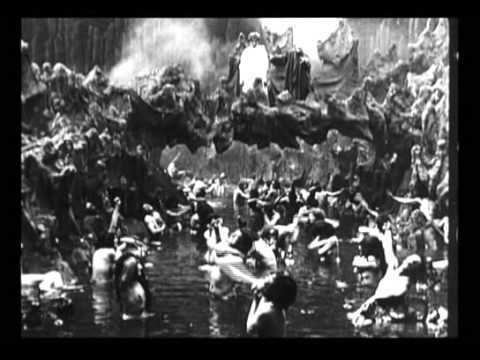
The film's depictions of Hell closely followed those in the engravings of Gustave Doré for an edition of The Divine Comedy, which were familiar to an international audience, and employed several special effects.
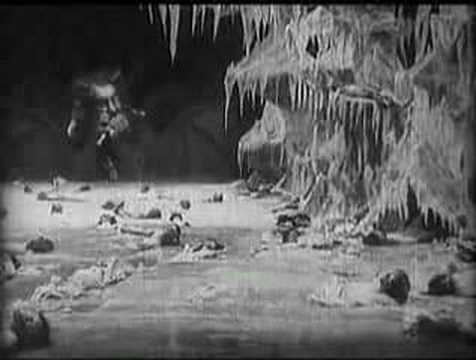
The first music score for the film was written by Raffaele Caravaglios. The film was released on DVD in 2004, with a score by Tangerine Dream. Another DVD, based on a version restored by Cineteca di Bologna in 2006, was published in 2011 with an original soundtrack by Edison Studio in Cinema Ritrovato collection.
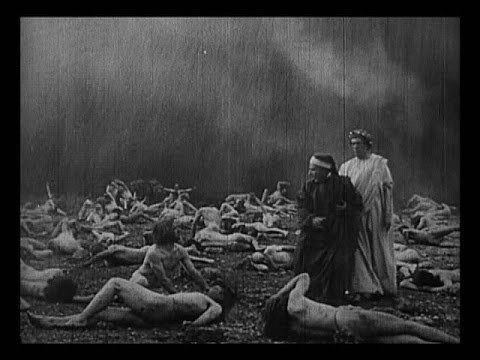
As Dante's The Divine Comedy places Muhammad in hell, and following the depictions in engravings of Gustave Doré, the film also has a momentary unflattering depiction of Muhammad in its Hell sequence. This would make L'Inferno one of the few films to include such a depiction.
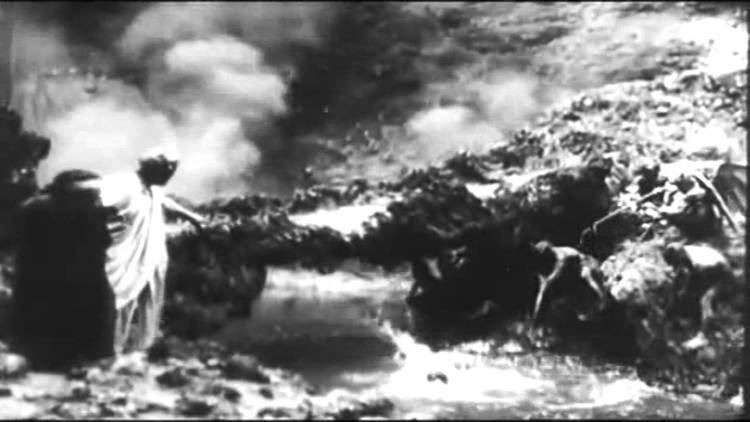
Nancy Mitford recorded seeing the film in Italy in 1922, referring to it as Dante. She records that it lasted from 9 until 12:15 including two intermissions. She details many of the deaths and tortures from the film. Her description of the film in her letter home is quoted in the biography Nancy Mitford by Harold Acton.
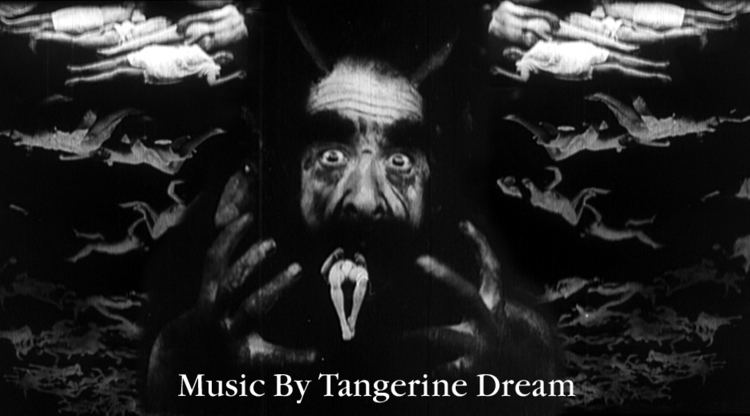
The scenes from Hell from the film were reused in an American 1936 exploitation film Hell-O-Vision and the 1944 race film Go Down, Death! Some American state film censor boards required removal of the hell sequences from L'Inferno used in Go Down, Death! such as one where a woman's bare breast is momentarily seen.
